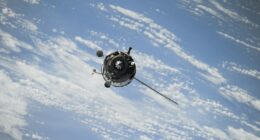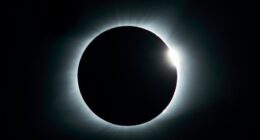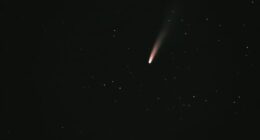Terrestrial planets, like Earth, are rocky with solid surfaces, while Jovian (gas giants) are gas-dominated planets with no solid surfaces, like Jupiter and Saturn.
TL;DR Terrestrial planets Vs. Jovian planets
Terrestrial planets, like Earth, Mercury, Venus, and Mars, are characterized by their solid surfaces made up of rock and metal. They have a higher density compared to jovian planets and tend to be smaller in size. These rocky worlds often have thin atmospheres or none at all.
Jovian planets, on the other hand, such as Jupiter and Saturn, are known for their massive sizes and gaseous compositions. They lack a solid surface and instead feature thick atmospheres mainly composed of hydrogen and helium. These gas giants also possess an impressive collection of rings.
Characteristics of terrestrial planets
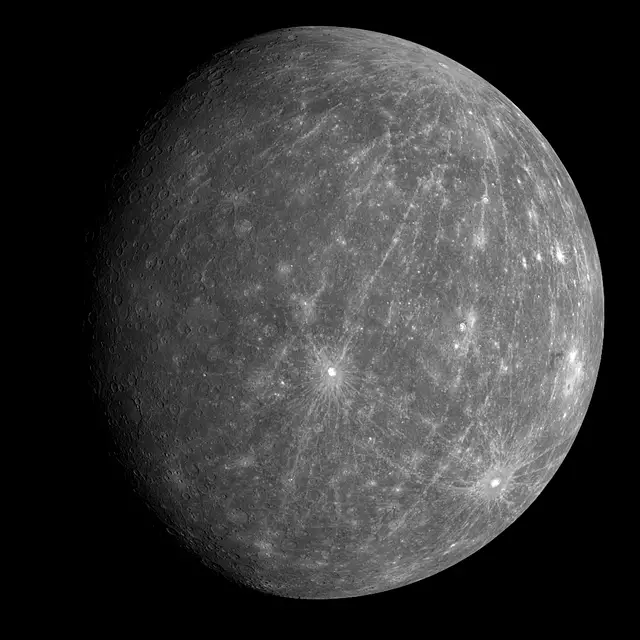
Terrestrial planets, including Earth, Mercury, Venus, and Mars, are characterized by solid surfaces composed of rock and metal. They have higher densities, smaller sizes, and relatively thin atmospheres.
Often closer to the Sun, they experience extreme temperature variations. Terrestrial planets exhibit geological features like mountains, valleys, and impact craters.
Earth, unique among them, supports life with a diverse atmosphere, liquid water, and a complex biosphere. They contrast with gas giants in their composition, structure, and conditions for habitability.
Characteristics of jovian planets
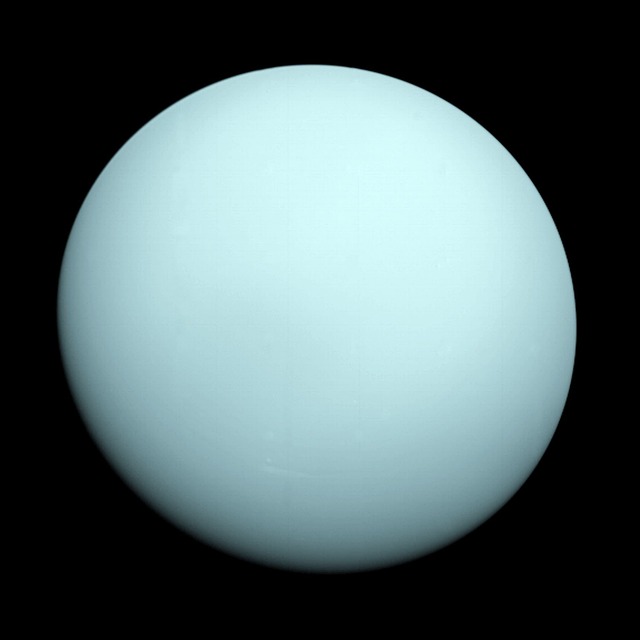
Jovian planets, also called gas giants, include Jupiter and Saturn. They are characterized by their massive sizes, thick atmospheres primarily composed of hydrogen and helium, and lack of solid surfaces.
Jovian planets have low average densities and exhibit rapid rotation, strong magnetic fields, and numerous moons. They possess prominent ring systems, with Jupiter’s and Saturn’s being the most notable.
These gas giants are located farther from the Sun, experiencing lower temperatures. Their immense gravitational forces contribute to their massive sizes and distinguish them from the rocky, terrestrial planets in the solar system.
Terrestrial planets Vs. Jovian planets – Key differences
| Feature | Terrestrial Planets | Jovian Planets |
|---|---|---|
| Composition | Primarily rock and metal | Predominantly hydrogen and helium, no solid surfaces |
| Examples | Earth, Mercury, Venus, Mars | Jupiter, Saturn (Gas giants) |
| Size | Smaller and less massive | Larger and more massive |
| Density | Higher density | Lower average density |
| Surface | Solid surfaces with geological features | No solid surfaces, thick gaseous atmospheres |
| Atmosphere | Thinner atmospheres, mostly nitrogen and oxygen | Thick atmospheres of hydrogen and helium |
| Distance from Sun | Closer to the Sun | Farther from the Sun |
| Temperature Range | Variable temperature ranges, including extremes | Generally lower temperatures due to greater distance from the Sun |
| Rotation Speed | Slower rotation speed | Rapid rotation speed |
| Magnetic Fields | Weaker magnetic fields | Strong magnetic fields |
| Moons | Fewer moons, if any | Often have numerous moons, including large ones like Ganymede and Titan |
| Ring Systems | No significant ring systems | Prominent ring systems, such as those of Saturn |
| Habitability | Earth is habitable, others may have conditions suitable for life | Unlikely to support life as we know it due to lack of solid surfaces and extreme conditions |
Examples of Jovian planets
- Jupiter: The largest planet in our solar system, known for its strong magnetic field, numerous moons, and iconic Great Red Spot.
- Saturn: Recognized for its stunning ring system and diverse collection of moons, including Titan.
- Uranus: A unique planet with a tilted axis, distinctive blue-green color, and a set of rings.
- Neptune: The outermost gas giant, characterized by its deep blue color, dynamic atmosphere, and notable storms like the Great Dark Spot.
These Jovian planets are primarily composed of hydrogen and helium and lack solid surfaces.
Examples of Terrestrial planets
- Earth: The only known planet with a diverse biosphere, liquid water, and a complex atmosphere that supports life.
- Mercury: The closest planet to the Sun, with extreme temperature variations and a barren, rocky surface.
- Venus: Similar in size to Earth, Venus has a thick, toxic atmosphere and a hot surface due to a greenhouse effect.
- Mars: Known for its reddish appearance, Mars has a thin atmosphere and surface features, including polar ice caps and the largest volcano, Olympus Mons.
These planets are characterized by solid surfaces composed of rock and metal.
Image Credits
Featured Image By – François from Pixabay
Image 1 By – WikiImages from Pixabay
Image 2 By – WikiImages from Pixabay

